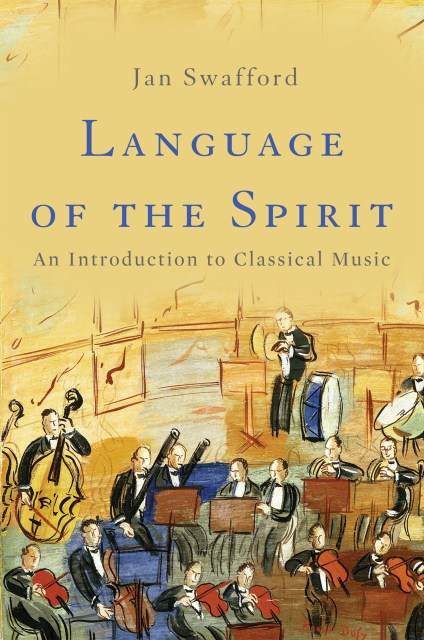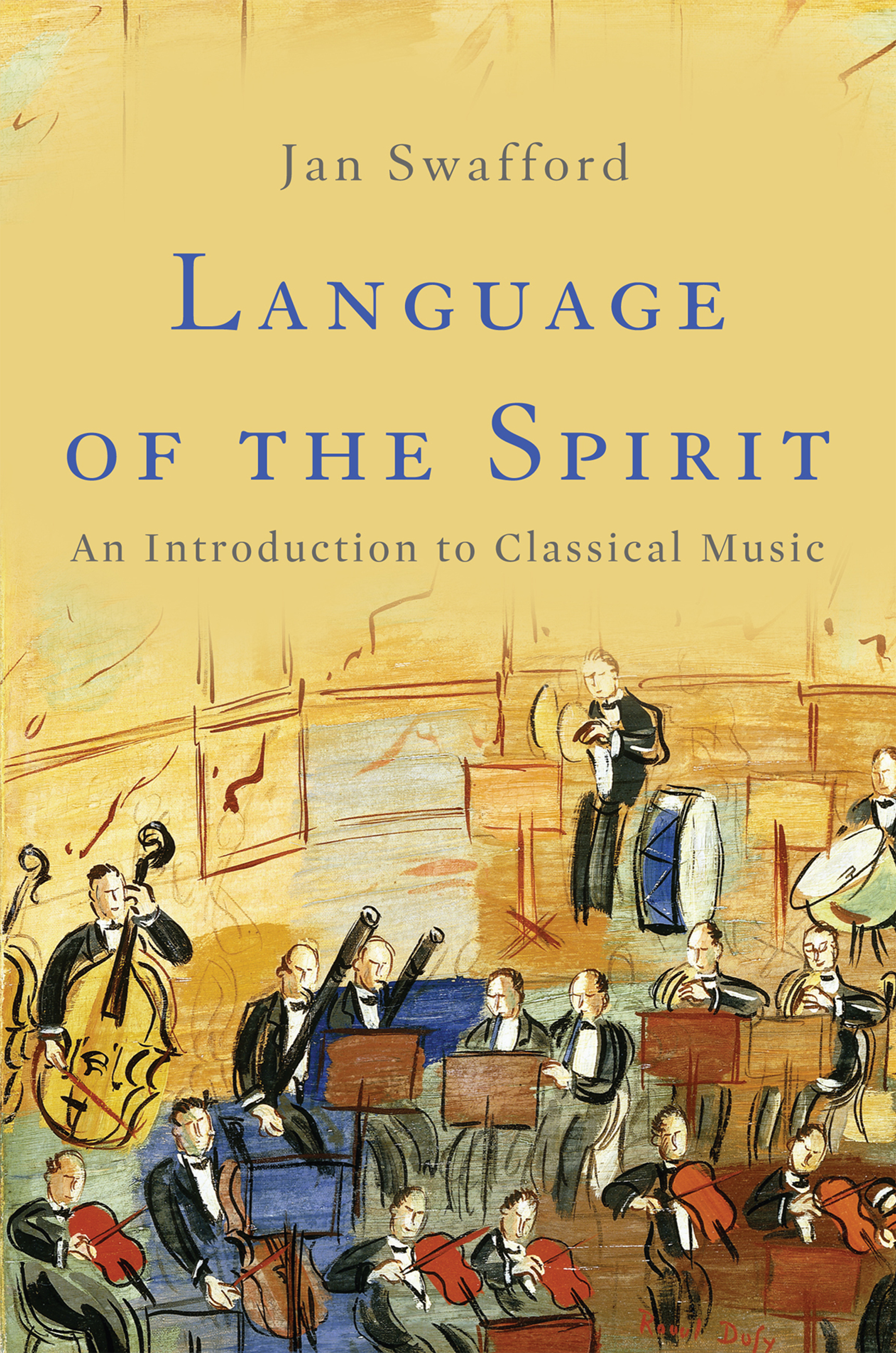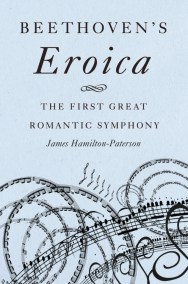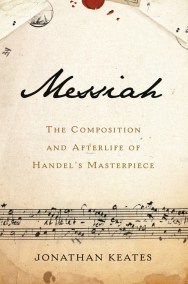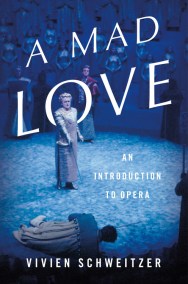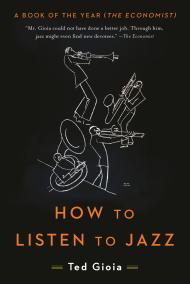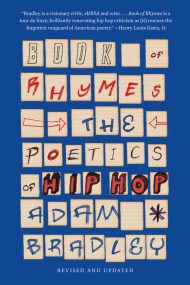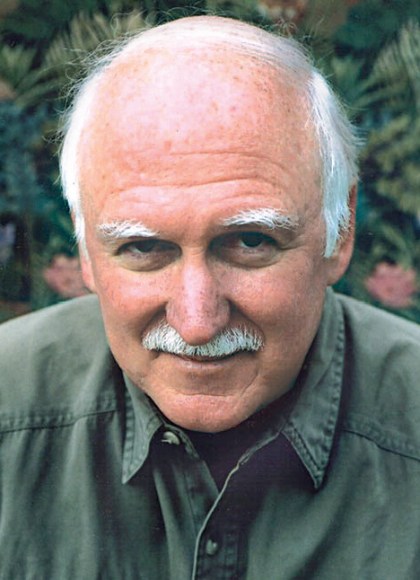Promotion
Use code BEST25 for 25% off storewide. Make sure to order by 11:59am, 12/12 for holiday delivery!
By clicking “Accept,” you agree to the use of cookies and similar technologies on your device as set forth in our Cookie Policy and our Privacy Policy. Please note that certain cookies are essential for this website to function properly and do not require user consent to be deployed.
Language of the Spirit
An Introduction to Classical Music
Contributors
By Jan Swafford
Formats and Prices
- On Sale
- Apr 11, 2017
- Page Count
- 336 pages
- Publisher
- Basic Books
- ISBN-13
- 9780465097555
Price
$19.99Price
$25.99 CADFormat
Format:
- ebook $19.99 $25.99 CAD
- Hardcover $38.00 $48.00 CAD
This item is a preorder. Your payment method will be charged immediately, and the product is expected to ship on or around April 11, 2017. This date is subject to change due to shipping delays beyond our control.
Buy from Other Retailers:
For many of us, classical music is something serious — something we study in school, something played by cultivated musicians at fancy gatherings. In Language of the Spirit, renowned music scholar Jan Swafford argues that we have it all wrong: classical music has something for everyone and is accessible to all. Ranging from Gregorian chant to Handel’s Messiah, from Vivaldi’s The Four Seasons to the postmodern work of Philip Glass, Swafford is an affable and expert guide to the genre. He traces the history of Western music, introduces readers to the most important composers and compositions, and explains the underlying structure and logic of their music.
Language of the Spirit is essential reading for anyone who has ever wished to know more about this sublime art.
Genre:
Newsletter Signup
By clicking ‘Sign Up,’ I acknowledge that I have read and agree to Hachette Book Group’s Privacy Policy and Terms of Use
